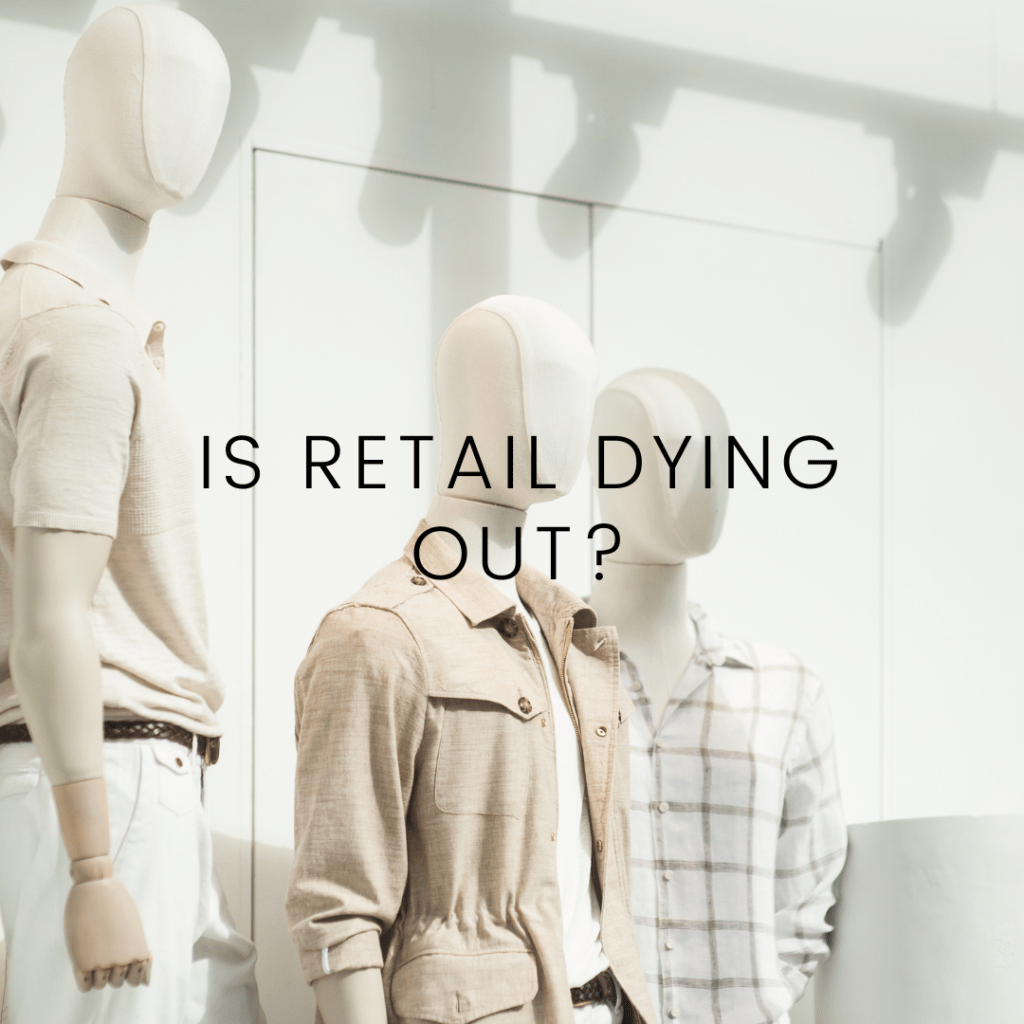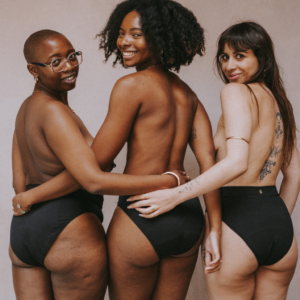It comes as no surprise that physical fashion stores aren’t doing as well as they used to. With the new and ever-growing technology that we have access to today, we have to ask ourselves; is retail really dying out?
With a variety of online shopping platforms such as Amazon and Ebay, it is easy to assume that retail is quite simply dying out. Today, Amazon itself holds a market capitalization of more than $400 billion. This shows that online is where the money is at and it is understandable as to why many fashion companies (amongst other brands) are leaving bricks and mortar and heading straight to the world of e-commerce. This year alone, a ton of well-established chain stores have closed down, including Toys ‘R’ Us, Banana Republic and many Arcadia stores (including Topshop and Topman).
According to Parcel Hero’s David Jinks, between 2020 and 2030 half of the UK’s existing shop premises will disappear. 10,000 retail stores will close, which will leave only 120,000 shops on the high-street. This is because it is predicted that by 2030, e-commerce will account for around 40 per cent of all UK retail sales.

In addition, ONS retail statistics show that last Christmas’s (2018) retail figures, usually the highest, decreased to their biggest fall for over the last four years; while online sales increased to 21.3 per cent. However, during July 2018 the heatwave brought many consumers onto the high street and online sales fell by 0.4 per cent. This proposes that retail stores are still very much appreciated and there is room for them to become a main tool for shopping. Whilst we may not be able to change the weather to bring customers in, we can change how we promote our retail stores through digital platforms to bring customers in.
The growth of our digital landscape is in no doubt shaping the consumers shopping journey. But the question is, is it really about retail stores vs e-commerce or is it about traditional shopping experiences vs digital shopping experiences?
If you look into it properly, you will find that many existing physical retail stores today are influenced digitally. Whether it’s posting temporary in-store promotions are showcasing the different stores they have scattered across the globe that consumers can visit, both the physical and digital aspects come into element. Consumers today rely heavily on their smartphone, and will likely turn to the web to confirm timings, locations, product availability, customer reviews and much more before they visit a retail store- all in all, everything is done via the web. This suggests that it may be a question of whether traditional retailers are ‘adapting’ to the evolving market place- how can they utilise both their online and offline platforms, so that they work together hand-in-hand to drive sales?

Alternatively, it is a no brainer that having your potential fashion brand both online and in-store will benefit you a lot more, rather than having your fashion brand just in-store; as this could bring you more profit. A good example of this is high-street retailer – John Lewis; 25 per cent of their sales are now through the internet. Although they make more profit than there flagship store in Oxford Circus, they still have both the luxury of making sales online and in-store because they can target different types of consumers.
Some people also may argue that they prefer retail high-street stores because they prefer face-to-face interaction and they prefer to try on their clothes, whilst others may enjoy shopping online due to more size availability, price comparisons and they can shop from the comfort of their own home. It is truly a matter of preference.
In big and well-known cities such as London, retail stores are likely to do exceptionally well as they will attract tourists; as opposed to smaller towns because there is not much customer base. Of course, you cannot just rent a spot in the heart of London and start selling your garments as this will be incredibly expensive!
This could suggest that depending on your financial situation and where you are based, if you are thinking of starting a fashion brand, it may be better, safer and wiser to start online as starting an online fashion website is much cheaper than having your own physical retail store. Many small and upcoming brands today (such as streetwear brand Dirty South Clo and Gramm) invest heavily into their online platforms and offer ‘pop-up’ stores occasionally around both Manchester and London.

This is an alternative for those who prefer to view the fashion garments before they purchase it. It’s a beneficial financial move and it means you can reach out to both the ‘in-store’ shopper and the ‘online’ shopper. By merging both digital and physical platforms, you’re ensuring that you’re stretching your fashion brands recognition to its full extent.
When we fully review whether retail is truly dying out, it is easy to think it is. But you must think of your consumer base and (if you’re a fashion entrepreneur) how you can make your online fashion website and physical retail store work together to drive sales from both platforms.




